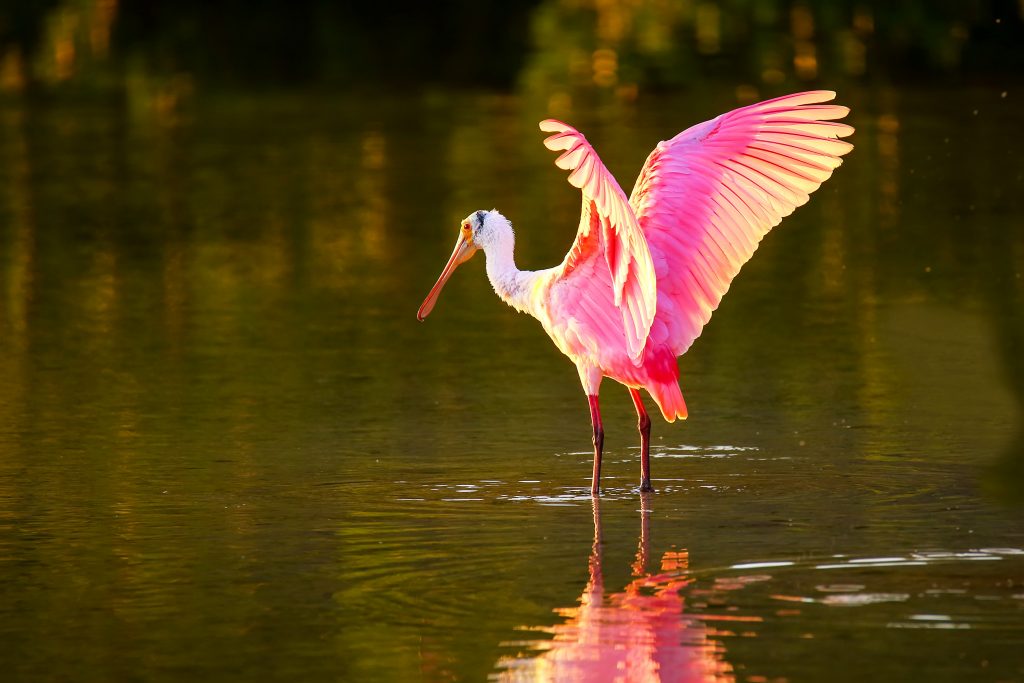
During the past century, the Florida Everglades has faced habitat loss, declining biodiversity, and an ecological collapse.
This area has been dramatically altered by water management decisions to improve flood management, urban water supply, and agricultural production across south Florida and now must compete for water with urban and agricultural areas. Southern Florida is now in turn polluted by contaminated runoff from these two sectors.
Nearly 21 years ago, then-President George W. Bush signed Senate bill S.2796 into law. This bill enacted the Water Resources Development Act of 2000, legislation that authorizes projects for water resources development, conservation and other hydrology-related studies across the United States. One mandated study in particular would gather a diverse group of researchers, including a member of the Virginia Tech community, to tackle one wicked ecological problem: restoring the Florida Everglades.
Jeff Walters, the Harold Bailey Professor of Biological Sciences and Global Change Center affiliate, joined Virginia Tech’s College of Science in 1994. Specializing in the behavioral ecology and conservation of birds, Walters has worked with government agencies, non-governmental organizations, and the public to achieve and promote conservation of bird populations. His research of the Red-Cockaded Woodpecker and other endangered birds in the United States led him to Florida, home to many of our nation’s avian species, where he has worked for nearly 30 years at Eglin Air Force Base in the Florida panhandle.
Through this multi-billion dollar project, Congress mandated biennial reviews of restoration progress by the National Academies of Sciences, Engineering and Medicine (NASEM). The National Academies’ Committee on Everglades Restoration Progress, of which Walters is a member, has provided this independent scientific review since 2004.
“A lot of times, people making policy decisions hear different versions of science from different stakeholders,” Walters said. “So, there is often a need to bring in people from the outside who aren’t part of the stakeholder groups but have the right expertise to review everything and tell them what they think of the science.”
Walters’s knowledge of avian ecology and experience in science arbitration made him a natural candidate for helping the nation restore the Florida Everglades, the largest subtropical wilderness reserve on the North American continent.
Now in its ninth rendition, the committee continues to work with several federal and state agencies, including the U.S. Army Corps of Engineers and the South Florida Water Management District. Walters has been appointed to six out of nine NASEM committees including the current one, which held its first meeting this past August. The most recent report, Progress Toward Restoring the Everglades: The Eighth Biennial Review – 2020, was made public in August after making the rounds with the legislature, executive branch staff, agency personnel, and other key stakeholders.
“The panel has projected what will happen with more rainfall and higher temperatures due to climate change,” Walters said. “As you can imagine, sea-level rise is a huge issue with the restoration. Two feet is a dramatic amount of elevation in the everglades so they have to incorporate that into their planning.”
Sea-level rise isn’t the only concern that the restoration efforts are facing. Much of Florida sits atop an intricate aquifer system that provides fresh water that supports the ecosystem and human populations. As the fresh water moves south from the Kissimmee River towards Lake Okeechobee and finally to the Everglades in the wet season, it begins to mix with saltwater from the coasts. This slightly salty water, or brackish water, helps to create estuarine ecosystems which provide critical habitat to a variety of species. However, increasing the “saltiness” of the water too much can have dangerous implications for its residents.
Walters says, “The restoration is not just about the Everglades; it’s the water supply plan for South Florida, how they’re going to have enough water for urban areas, agriculture, and the ecosystem. It’s also flood control. All of these things are interwoven.”
Written by Heather Drew


